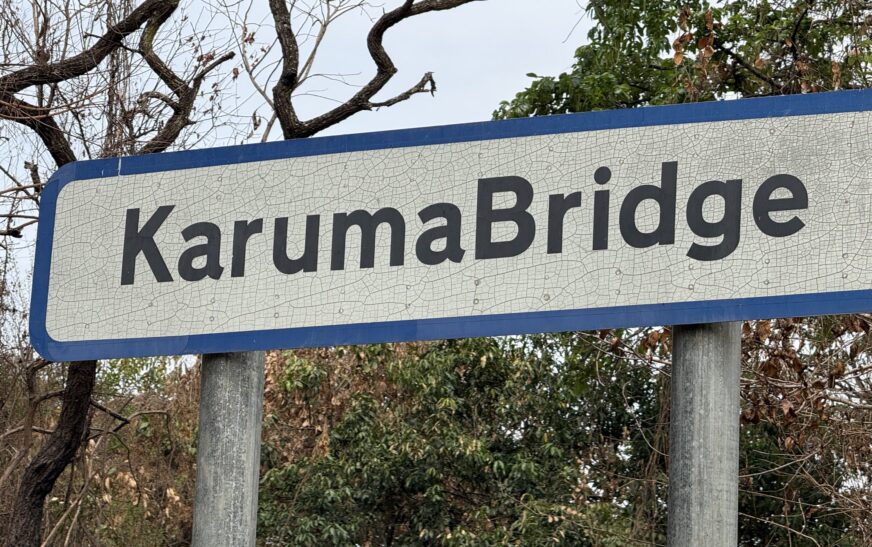The Ministry of Works and Transport (MoWT) has reopened Karuma and Ayago Bridges to all traffic, following the successful installation and curing of new expansion joints.
Expansion joints are essential components that enable bridges to expand and contract in response to temperature changes and traffic loads. This flexibility is key to preserving structural integrity and extending the lifespan of bridge infrastructure.
While additional work—including the installation of guardrails, street lighting, river training, reflective road studs (cat’s eyes), and painting of the steel girders—is still underway, the ministry assured the public that these activities will not interfere with traffic flow.
The bridges were closed last month for scheduled rehabilitation works, primarily focused on replacing the expansion joints. This marked the second time in recent months that Karuma Bridge was closed to all users—including motorists, pedestrians, and boda boda riders—prompting appeals from local leaders and business owners for swift repairs. The latest closure came just three months after the bridge had reopened following a previous three-month-long renovation.
In April 2024, the government restricted access to heavy vehicles after an assessment revealed significant structural defects on Karuma Bridge, raising safety concerns. The National Enterprise Corporation (NEC) and China Seventh Railway Group were contracted to execute a Shs 7.9 billion renovation project, which caused widespread travel disruptions for commuters heading to northern Uganda and the West Nile region. Many travelers were forced to take lengthy detours via Masindi Port and Murchison Falls National Park.
State Minister for Works, Peter Lokeris Ecweru, also revealed plans to construct a new suspended bridge at Karuma Falls. In partnership with the Japan International Cooperation Agency (JICA), the government plans to build a modern structure west of the current bridge across the River Nile, at an estimated cost of $100 million.
The original Karuma Bridge, constructed in 1963—just a year after Uganda’s independence—is a narrow, single-carriageway structure lacking pedestrian walkways, bicycle lanes, and modern monitoring systems. Over the decades, it has been the site of several serious accidents, underscoring the urgent need for a safer, more modern replacement.

















